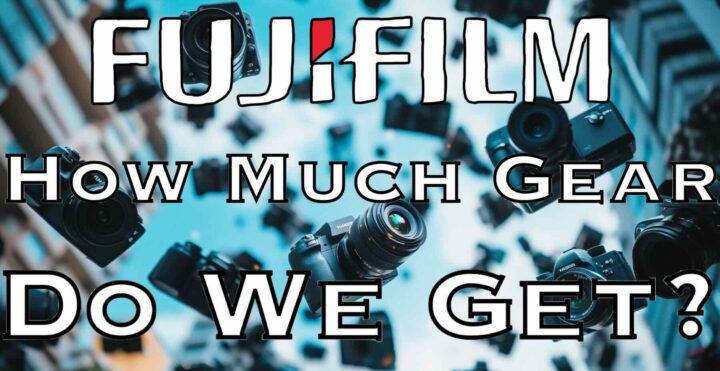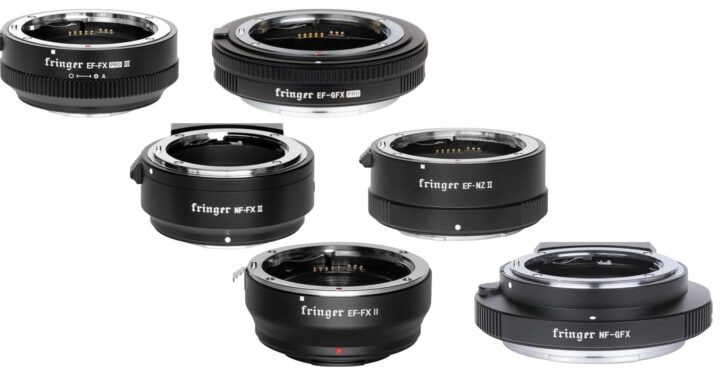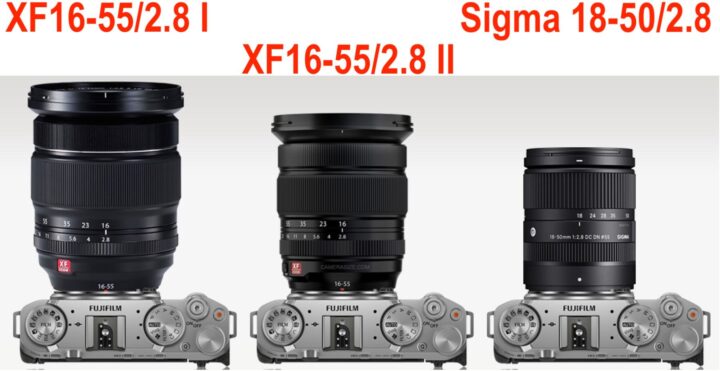How Many Cameras and Lenses Does Fujifilm Release Every Year? And What it Could Mean for 2025

Some asked us how much gear Fujifilm releases every year.
So we decided to check back the last 3 years (2024 included, since there won’t be any more announcements) to see what the current pace at Fujifilm is. Below are the results.
Gear released in 2024 – 4 cameras and 4 lenses
- Fujifilm X100VI
- Fujifilm X-T50
- Fujifilm X-M5
- Fujifilm GFX100S II
- Fujinon XF16-50mmF2.8-4.8
- Fujinon XF16-55mmF2.8 II
- Fujinon XF500mmF5.6
- Fujinon GF500mmF5.6
Gear released in 2023 – 2 cameras and 4 lenses
- Fujifilm X-S20
- Fujifilm GFX100II
- Fujinon XF8mmF3.5
- Fujinon GF55mmF1.7
- Fujinon GF30mmF5.6 Tilt Shift
- Fujinon GF110mmF5.6 Tilt Shift
Gear released in 2022 – 3 cameras and 4 lenses
- Fujifilm X-T5
- Fujifilm X-H2
- Fujifilm X-H2s
- Fujinon XF 30mmF2.8 Macro
- Fujinon XF 56mm f/1.2 R WR
- Fujinon XF 150-600mm f/5.6-8
- Fujinon XF 18-120mm f/4
So, overall we see: we get 4 lenses a year for X/GFX system combined.
2024 was more focused on the X series with 3 lenses for the X system and only one lens for the GFX system.
As far as cameras goes, we can get 2 to 4 cameras a year.
What does it mean for 2025?
CAMERAS in 2025:
As of today, the state of the rumors as far as cameras coming in 2025 goes is the following:
If Fujifilm maintains the pace it set in 2024, there could be room for one or maybe even two more camera releases in 2025, considering that the 1″ sensor camera might not be counted in the lineup we discussed earlier, which focused solely on APS-C and medium format models.
LENSES in 2025:
Fujifilm has quite consistently released around four lenses each year, combining both X and GFX series models.
So far I have no rumors about future lenses, which means you have four slots you can fill in with your wishes. :)
If anyone out there can maybe give us a hint on future X and GF lenses, feel free to reach out to FujiRumors. Your help would be greatly appreciated.
Overall, 2025 remains a significant mystery, but I’m hopeful that our trusted sources (and maybe some new ones) will be able to shed light on some of the unknowns and provide insights that will make us even more excited for what’s to come.
Until then, keep shooting, keep enjoying life… and every now and then, keep checking in on FujiRumors ;).



